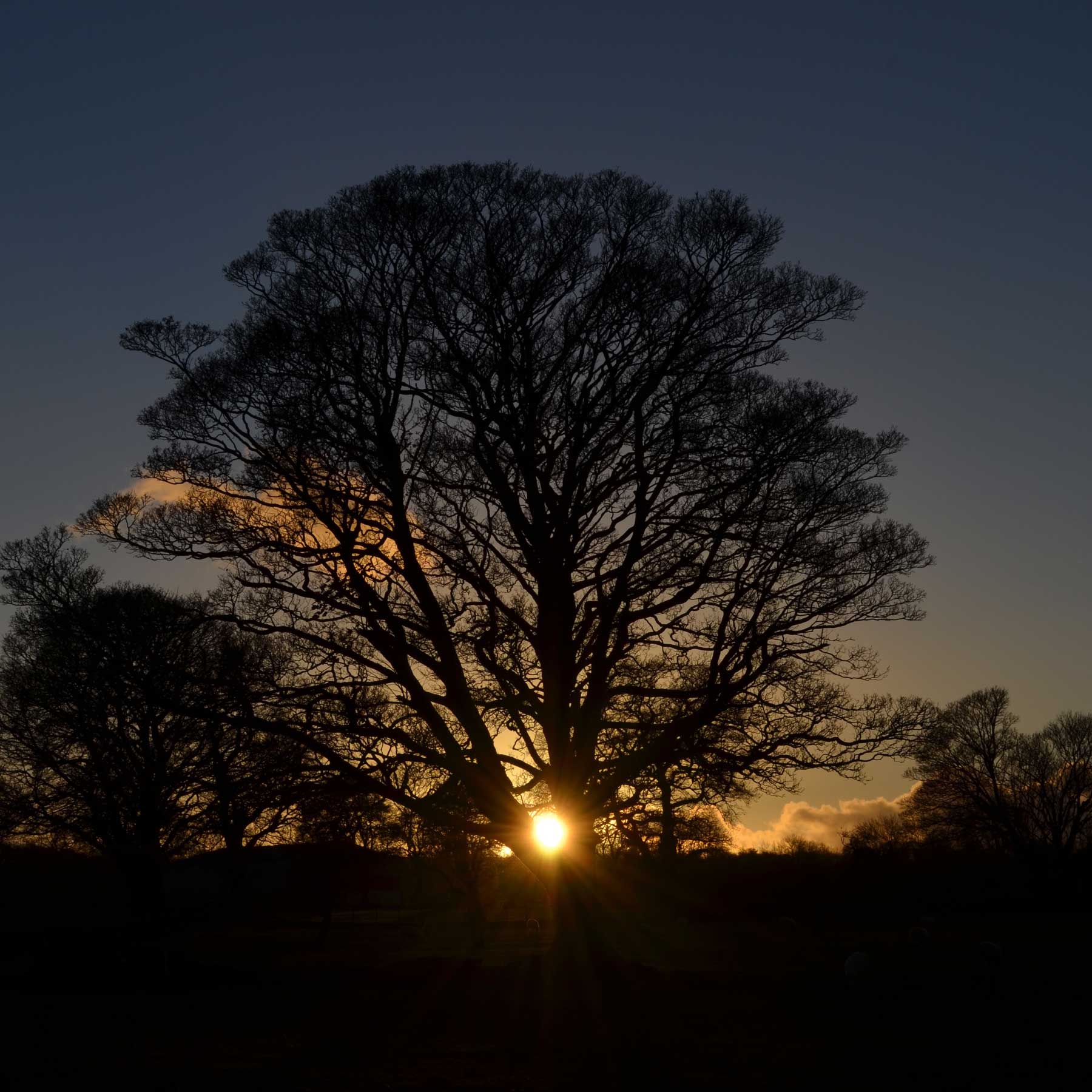The Lenni Lenapes and Iroquoians are natives to the Delaware River valley region. The natives as well as the Cherokees used the many available species of ferns for medicinal benefits.
Native American medicinal uses of ferns can be categorized into five major groups, seen below. When a fern species is listed more than once, the Latin name is only used the first time. Some additional uses, such as Cinnamon Fern’s use for snakebite and Maidenhair’s use for heart trouble, go unmentioned in order to keep this list simple, easy to read, and memorable.
Maidenhair (Adiantum pedatum) used for rheumatism.
Marginal Wood Fern (Dryopteris marginalis) used for rheumatism.
Sensitive Fern (Onoclea sensibilis) used for arthritis.
Cinnamon Fern (Osmunda cinnamomea) used externally for rheumatism and internally for joint pain.
Christmas Fern (Polystichum acrostichoides) used for rheumatism.
Bracken Fern (Pteridium aquilinum) used for rheumatism.
Maidenhair smoked for asthma.
Maidenhair Speenwort (Asplenium tricomanes) used for coughs.
Rattlesnake Fern (Botrychium virginianum) used as a cough medicine for tuberculosis.
Hay-scented Fern (Dennstaedtia penctilobula) used for chills and lung hemorrhages.
Rock Cap (Polyopdium virginianum) used for sore throat, colds, measles, tuberculosis, cough, and lung congestion.
Christmas Fern used for chills, fever, pneumonia, red spots on skin, listlessness, tuberculosis, and hoarseness.
Bracken Fern used for tuberculosis, infections, and chest pain.
Walking Fern (Asplenium rhizophyllum) used topically and as emetic for swollen breasts.
Maidenhair Speenwort used for irregular menses and breast diseases.
Lady Fern (Athyrium filis-femina) used for mothers with intestinal fevers and to prevent water breaking.
Mountain Wood Fern (Dryopteris campyloptera) used for disease of the womb.
Ostrich Fern (Matteuccia struthiopteris) used as decoction of sterile leaf stalk base for the expulsion of afterbirth and for back pain.
Sensitive Fern (Onoclea sensibilis) used for infection, blood disorders (blood deficiency, cold in the blood, and others), and to restore the female system after childbirth. Externally used for sores.
Cinnamon Fern used for women’s troubles, caked breasts, and malaise.
Interrupted Fern (Osmunda claytoniana) used for weak blood and gonorrhea.
Royal Fern (Osmunda regalis) used for menstrual problems.
Bracken Fern used for weak blood, uterine prolapse, suffering after birth, caked breast, weakness, and headaches.
Marsh Fern (Thelypteris palustris)used as a gynecological medicine.
Maidenhair used as a wash or poultice for bleeding.
Lady Fern used for vomiting of blood.
Hay-scented Fern used for lung hemorrhages.
Sensitive Fern used for blood deficiency, cold in the blood, and other blood disorders.
Christmas Fern used for weak blood and toxic blood.
Interrupted Fern used for weak blood.
Bracken Fern used to make good blood after menses or childbirth.
Mountain Wood Fern used for stomachache.
Crested Wood Fern (Dryopteris cristata) used root infusion for stomach trouble.
Royal Fern used for intestinal worms.
Rock Cap used for stomachaches and cholera.
Christmas Fern used for stomachache, bowel problems, toothache, cramps, and diarrhea.
Bracken Fern used for diarrhea, nausea and vomiting, infections, diarrhea, weakness, stomach cramps, and headaches.
Sensitive Fern used for intestinal troubles.
Maidenhead (Adiantum pedatum)
Grows in North America and East Asia.
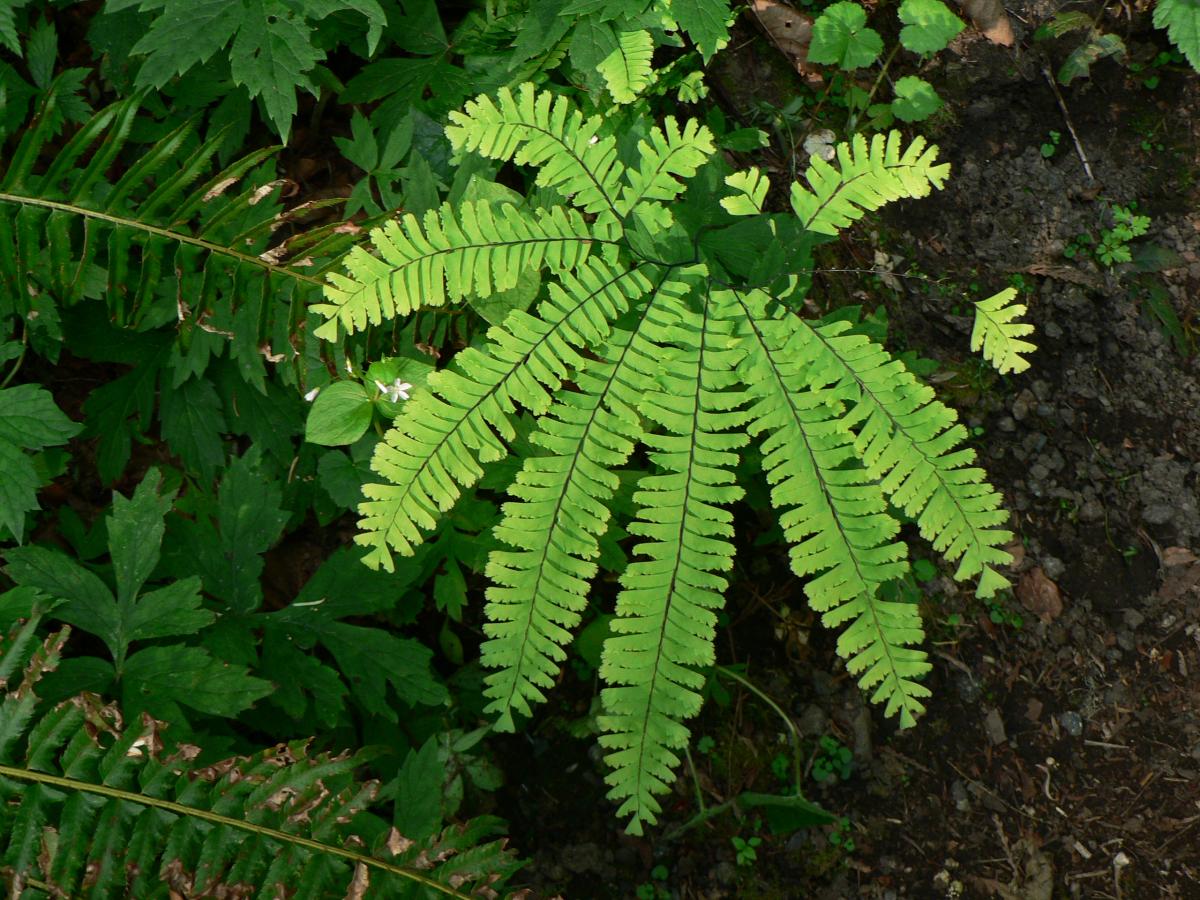
Rattlesnake Fern (Botrychium virginianum)
United States, in the mountains of Mexico, in Australia, in some parts of Asia, as the Himalaya Mountains, and is found also in Norway, in the Karelia region of Finland and Russia, and around Gulf of Bothnia, although in no other part of Europe.
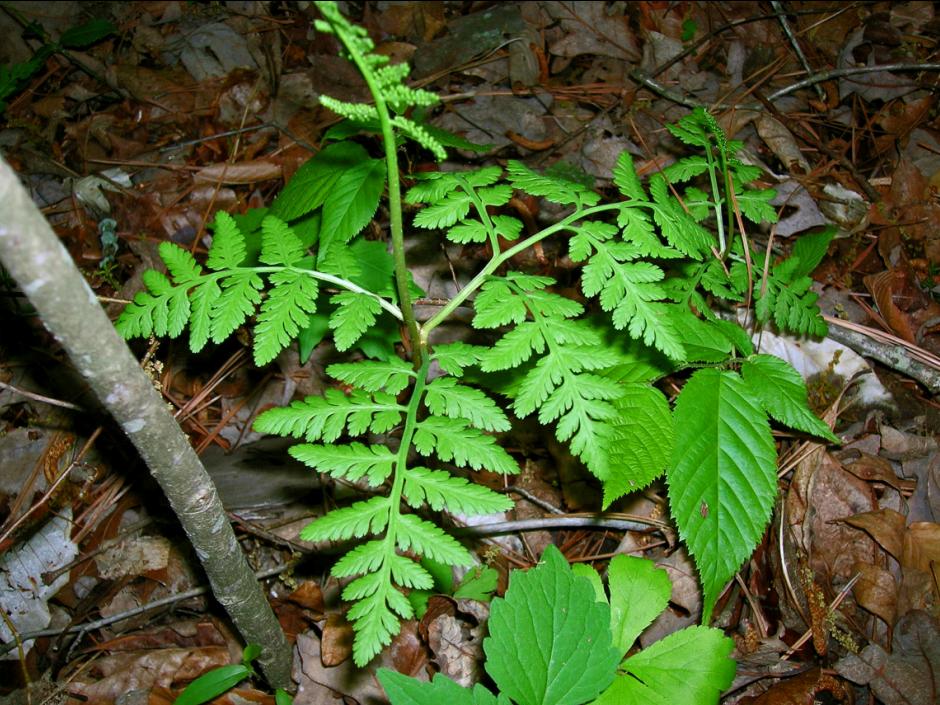
Ostrich Fern (Matteuccia struthiopteris)
Also known as fiddlehead ferns or shuttlecock fern, is a crown-forming, colony-forming fern. It grows in temperate regions of the Northern Hemisphere in central and northern Europe, northern Asia, and northern North America.
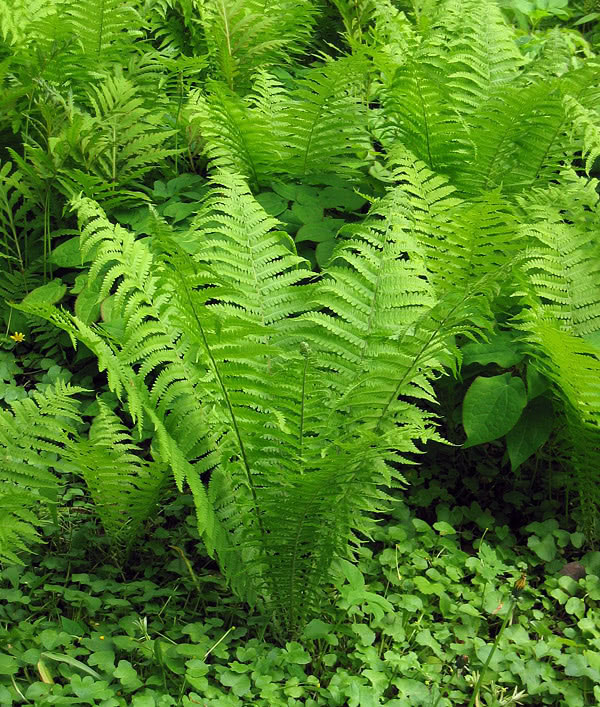
Bracken Fern (Pteridium aquilinum)
Also known as ‘eagle fern’, Bracken Fern a species occurring in temperate and subtropical regions in both hemispheres. The extreme lightness of its spores has led to its global distribution.
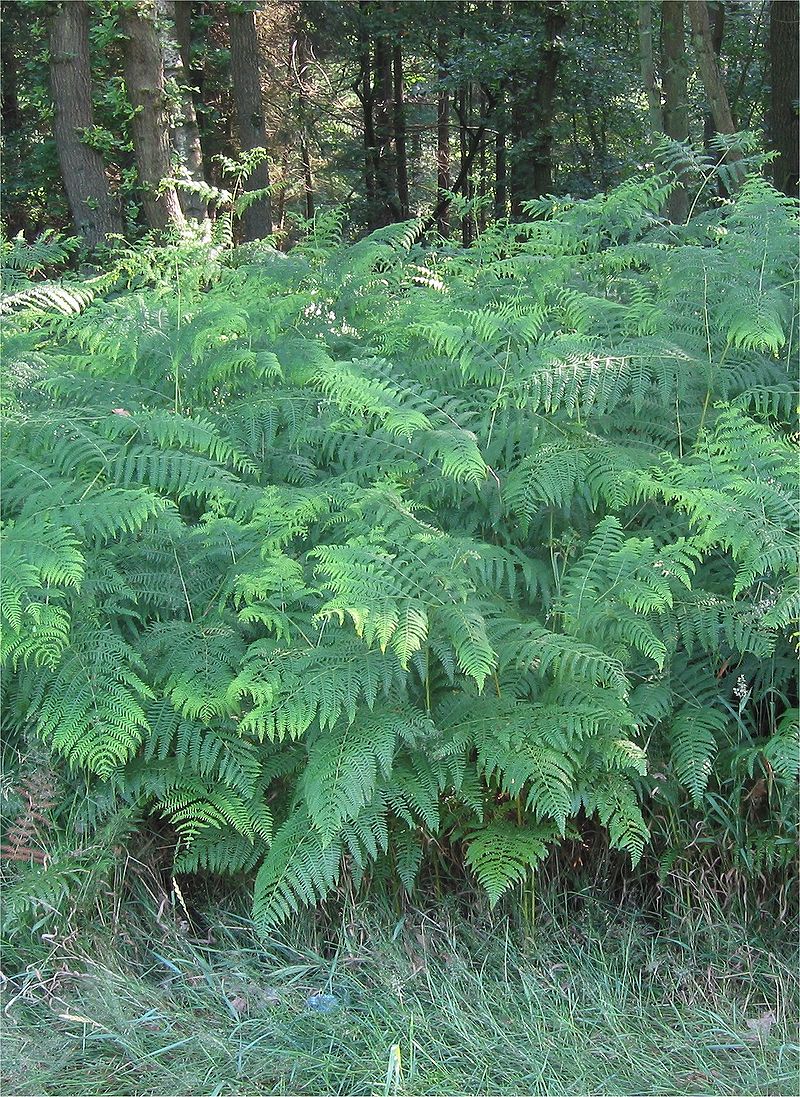
For the full article, explaining how these ferns were made into pulses, medicines and ointments, visit: www.nathanielwhitmore.com/ferns.html
